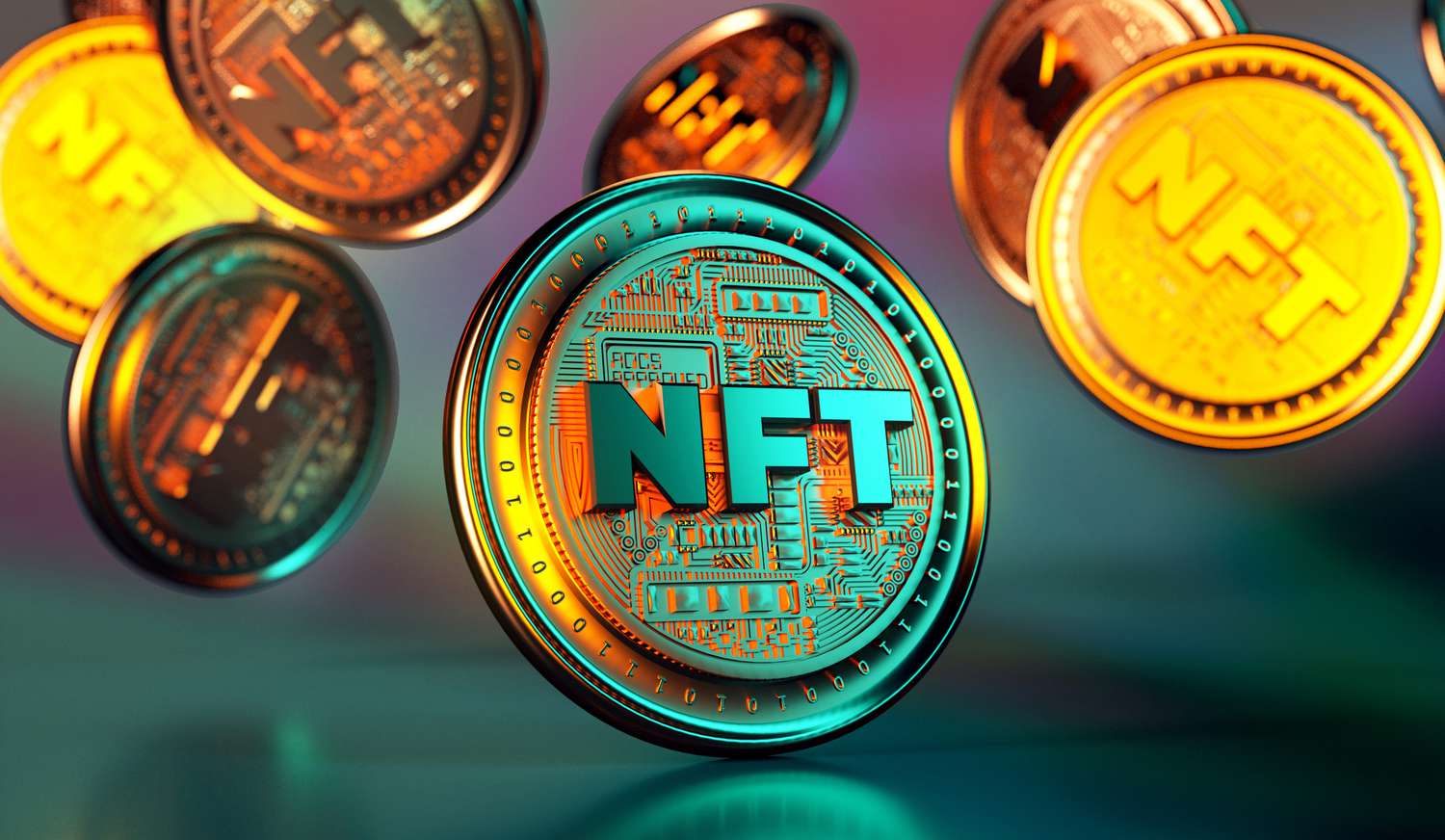Non-fungible tokens (NFTs) have exploded in popularity, revolutionizing the digital art and collectibles landscape. While Ethereum has long been the dominant platform for NFTs, a new challenger has emerged: Bitcoin Ordinals. This article delves into the world of both, exploring their similarities and differences to understand the evolving landscape of digital ownership.
Bitcoin Ordinals: Inscribing Value on the Original Blockchain
Bitcoin Ordinals, introduced in January 2023, are digital assets inscribed directly onto individual satoshis, the smallest denomination of Bitcoin. This leverages the inherent ability of satoshis to be uniquely identified, facilitated by the Segregated Witness (SegWit) and Taproot updates, which increased Bitcoin’s data inscription capabilities.
Unlike traditional NFTs, Ordinals don’t rely on smart contracts. Instead, they utilize a logical numbering system within the Bitcoin protocol, assigning a unique number to each satoshi. This inscription creates an immutable, decentralized, and Bitcoin-secure digital artifact.
Also Read: Bitcoin’s Next Big Boom: Explosive Growth of Inscriptions Ushers Unlikely Renaissance
Ethereum NFTs: The Established Powerhouse
Ethereum NFTs, on the other hand, are created using smart contracts, specific digital programs on the Ethereum blockchain. These contracts define the functionality and characteristics of the NFT, often adhering to established standards like ERC-721 and ERC-1155.
Smart contracts offer flexibility in NFT creation, allowing for off-chain storage of the actual data associated with the NFT, like artwork or videos. This keeps transaction sizes smaller and enables features like dynamic updates or royalties for creators.
Also Read: DeFi, NFTs and Web3: Assessing Ethereum, Polkadot and Solana’s Emerging Use Cases
Similarities and Key Differences: A Closer Look
Both Bitcoin Ordinals and Ethereum NFTs serve the purpose of creating unique digital assets with verifiable ownership. They both benefit from immutability and decentralized verification on their respective blockchains.
However, key differences exist. Ordinals are stored directly on the Bitcoin blockchain, increasing transaction size, while Ethereum NFTs often store heavy data off-chain, referencing the asset elsewhere. Additionally, Ordinals lack the programmability of smart contracts, meaning they cannot offer features like royalties or dynamic updates.
Furthermore, Ethereum NFTs have a significant head start in terms of ecosystem development. They benefit from established standards, interoperability across platforms, and widespread marketplace support.
The Future of Digital Collectibles: A Multifaceted Landscape
While Bitcoin Ordinals are a recent innovation, Ethereum NFTs have established themselves as the dominant force in the digital collectibles market. Both offer unique advantages and cater to different user preferences.
Bitcoin Ordinals leverage the inherent security and widespread recognition of the Bitcoin blockchain, potentially attracting a new wave of users. Ethereum NFTs, with their established ecosystem and flexibility, will likely continue to be the platform of choice for many creators and collectors.
Ultimately, the future of digital collectibles likely lies in a multi-chain ecosystem where both Bitcoin Ordinals and Ethereum NFTs coexist and cater to distinct user needs. As the technology evolves, the boundaries between these two approaches may blur, leading to a more diverse and dynamic landscape for digital ownership.



